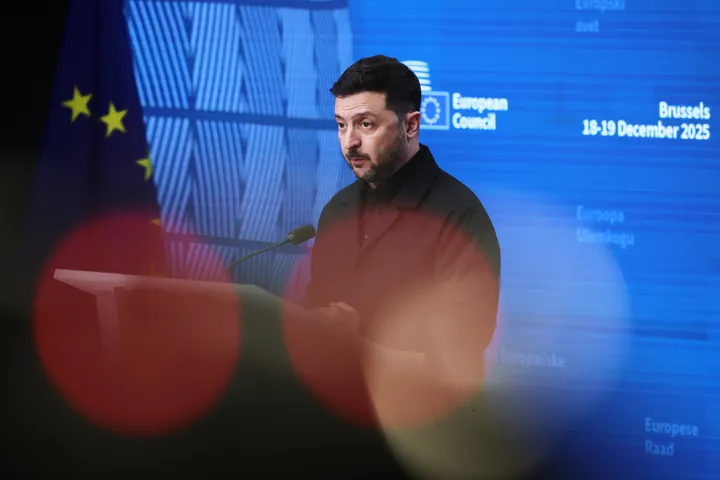Astronauts might grow and eat genetically modified plants during long space flights to remain healthy. Researchers at the University of California, Davis College of Engineering have come up with a transgenic (genetically modified) lettuce that produces a hormone which prevents bone density loss in microgravity.
Human bones are always in flux between growth and resorption, allowing them to react to injury or changes in exercise, a news release notes. Yet when astronauts spend time in microgravity during space trips, the balance is disturbed, shifting bones towards resorption, and the astronauts lose bone mass.
This occurrence can be treated with a drug called parathyroid hormone (PTH) which requires regular injections. Yet, according to iNews, “it is impractical to transport such large quantities of the medication and syringes and administer it during space missions.”
“Kevin Yates, a graduate student working with Professor Karen McDonald and Adjunct Professor Somen Nandi at the UC Davis Department of Chemical Engineering, developed a transgenic lettuce that expresses a fusion protein combining PTH with part of a human antibody protein,” a news release notes. The fusion protein is designed to be stable in the bloodstream and to allow astronauts to potentially purify the drug from plant extracts, Nandi said.
The research team is appraising the plants to see how much PTH they can produce, which leaves contain the most PTH and when the best time to harvest the leaves would be.
Growing plants in space has multiple benefits, Nandi said. A mission to Mars might take several years to complete. Experience from the International Space Station shows that being able to grow some food in addition to pre-packaged meals is a big morale booster for astronauts, he said.
“Astronauts can carry transgenic (GM) seeds, which are very tiny — you can have a few thousand seeds in a vial about the size of your thumb — and grow them just like regular lettuce,” said Nandi.
Long space flights need to be equipped with supplies of medicines, such as PTH. But conventional medicines would expire during the flight, so astronauts would have to find alternative ways to refresh supplies.By carrying medicines in the form of transgenic plant seeds, astronauts can both save weight and potentially have a new source of fresh drugs, Nandi said.
“They could use the plants to synthesize pharmaceuticals, such as PTH, on an as-required basis and then eat the plants,” he said.
According to iNews, earlier studies showed that astronauts on extended space missions lose, on average, more than one percent of their bone mass every month. Currently, astronauts on the International Space Station have exercise regimens to try to maintain bone mass – but, iNews reports, they’re not typically there for more than six months.
However, if astronauts were on a mission to Mars, it would take three years of their lives – 10 months to get there, a year to study the planet, and another 10 months to get back to Earth.
This kind of longer mission would mean astronauts would likely suffer from osteopenia – a loss of bone mineral density (BMD) that weakens bones – and possibly, osteoporosis later on.
That is why the researchers were looking for a way to prevent osteopenia and produce PTH themselves. They also wanted to introduce salads to their diets, which primarily consists of canned and freeze-dried foods.
The GM plants contain about 10 to 12 milligrams of PTH per kilogram of fresh lettuce. The researchers say the astronauts would need to consume approximately 380 grams of lettuce a day to get a sufficient dose of PTH, which they admit is a “pretty big salad.”
“We’re now screening all of these lettuce lines to find the one with the highest PTH expression,” said Karen McDonald. “We’ve just looked at a few of them so far, and we observed that the average was 10 to 12 mg/kg, but we think we might be able to increase that further. The higher we can boost the expression, the smaller the amount of lettuce that needs to be consumed.”
The lettuce also needs to be tested on the ISS to see whether it produces the same amount of PTH as it does on Earth, iNews points out.
Because the special lettuce hasn’t been tested for safety, no one has eaten it yet. But researchers expect it will taste similar to regular lettuce.
Before the special lettuce becomes part of space travel menus, researchers will have to boost ‘PTH-expression’ levels, then test it in trials for being able to safely prevent bone loss in animals and humans.
“I would be very surprised if, by the time we send astronauts to Mars, plants aren’t being used to produce pharmaceuticals and other beneficial compounds,” Kevin Yates said.
THUMBNAIL PHOTO: Bone density loss is a problem for astronauts on long space flights, such as to Mars and back. Researchers at UC Davis are developing transgenic lettuce, such as this romaine lettuce, containing a treatment that astronauts could grow and consume during the voyage. (UC Davis/Kevin Yates)
























